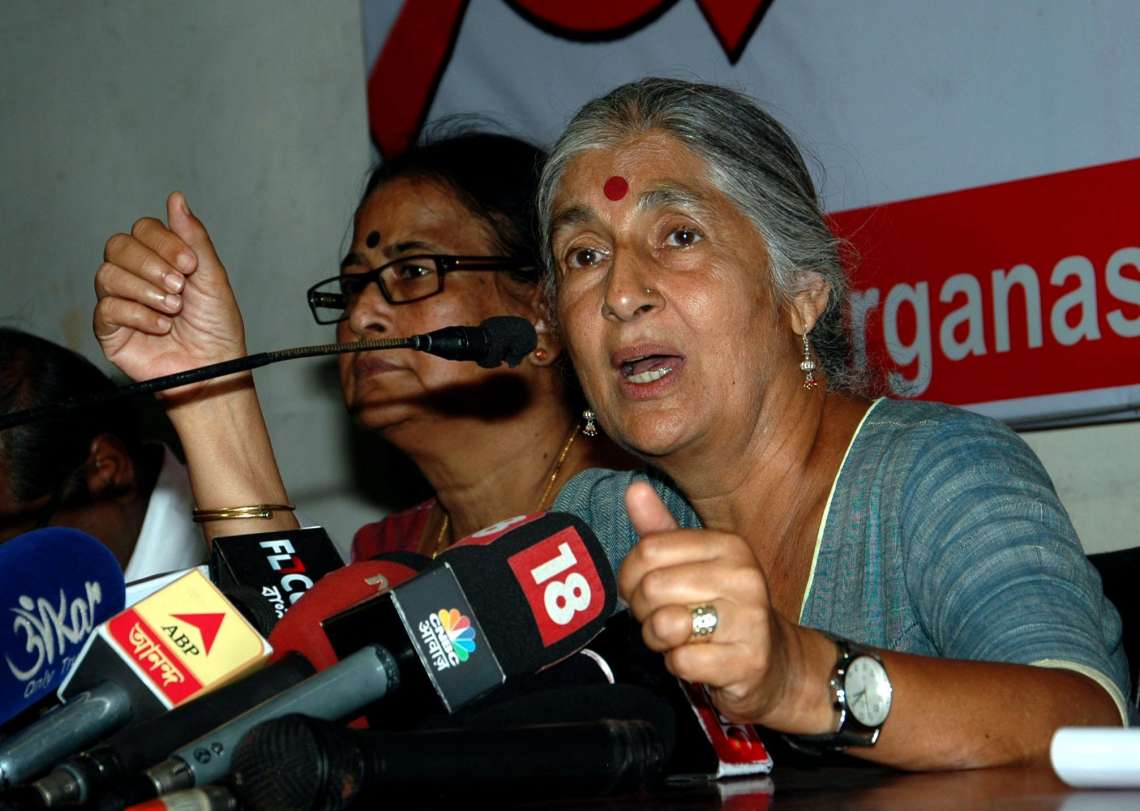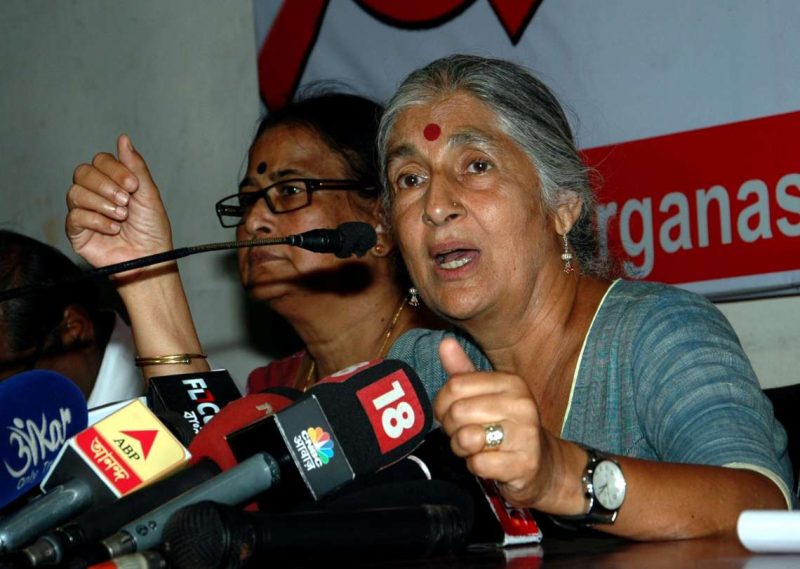Latest data by Global Forest Watch reveals 7.1% decline in tree cover since 2001, with over 2.3 million hectares lost
India lost 18,200 hectares of primary forest in 2024 compared to 17,700 hectares in 2023, according to new data from Global Forest Watch (GFW), a global collaboration of over 100 organisations.
The GFW said the country lost 3,48,000 hectares of humid primary forest between 2002 and 2024 — about 5.4 per cent of the country’s total humid primary forest. This is 15 per cent of India’s total tree cover loss during the same period.
Between 2019 and 2024, India lost 1,03,000 hectares (1.6 per cent) of humid primary forest, which is 14 per cent of its total tree cover loss in those years.
The country lost 16,900 hectares of humid primary forest in 2022, 18,300 hectares in 2021, 17,000 hectares in 2020, and 14,500 hectares in 2019, the data showed.
The GFW defines primary forests as “mature natural humid tropical forests that have not been completely cleared and regrown in recent history”.
These forests are identified using Landsat satellite images and special algorithms for each region.
Since 2001, India has lost 2.31 million hectares of tree cover, equivalent to a 7.1 per cent decrease in tree cover during this period and 1.29 gigatonnes of carbon dioxide equivalent emissions.
However, from 2000 to 2020, India also gained 1.78 million hectares of tree cover, which was about 1.4 per cent of the global total increase.
Between 2001 and 2024, Assam recorded the highest tree cover loss at 3,40,000 hectares, much higher than the national average of 67,900 hectares. Mizoram lost 3,34,000 hectares, Nagaland 2,69,000 hectares, Manipur 2,55,000 hectares and Meghalaya 2,43,000 hectares.
During this period, 1.39 million hectares of tree cover was lost due to shifting cultivation. Another 6,20,000 hectares was lost to permanent agriculture. Logging caused the loss of 1,82,000 hectares while natural disturbances led to 35,100 hectares of loss. Settlements and infrastructure development caused 30,600 hectares of tree cover loss.
The GFW said its tree cover loss data is based on the best available satellite information. However, the data may change over time as algorithms improve. Therefore, it advises users not to directly compare older and newer data, especially before and after 2015.
According to the UN Food and Agriculture Organisation, India had the second highest rate of deforestation in the world between 2015 and 2020, losing about 6,68,000 hectares of forest per year.














